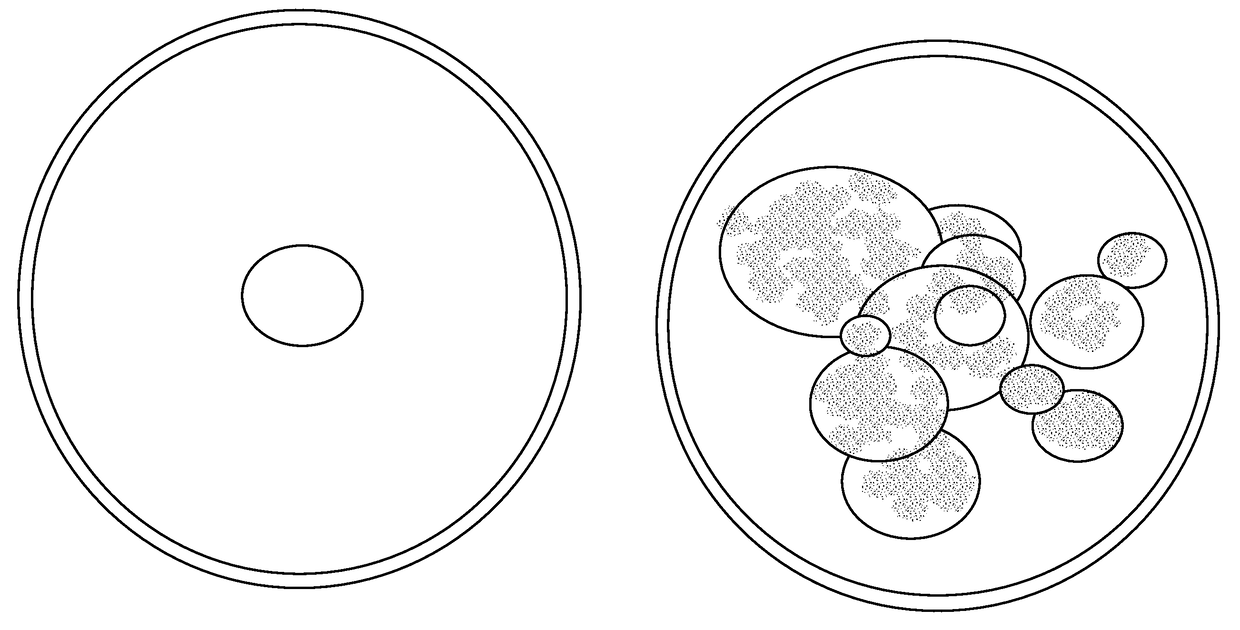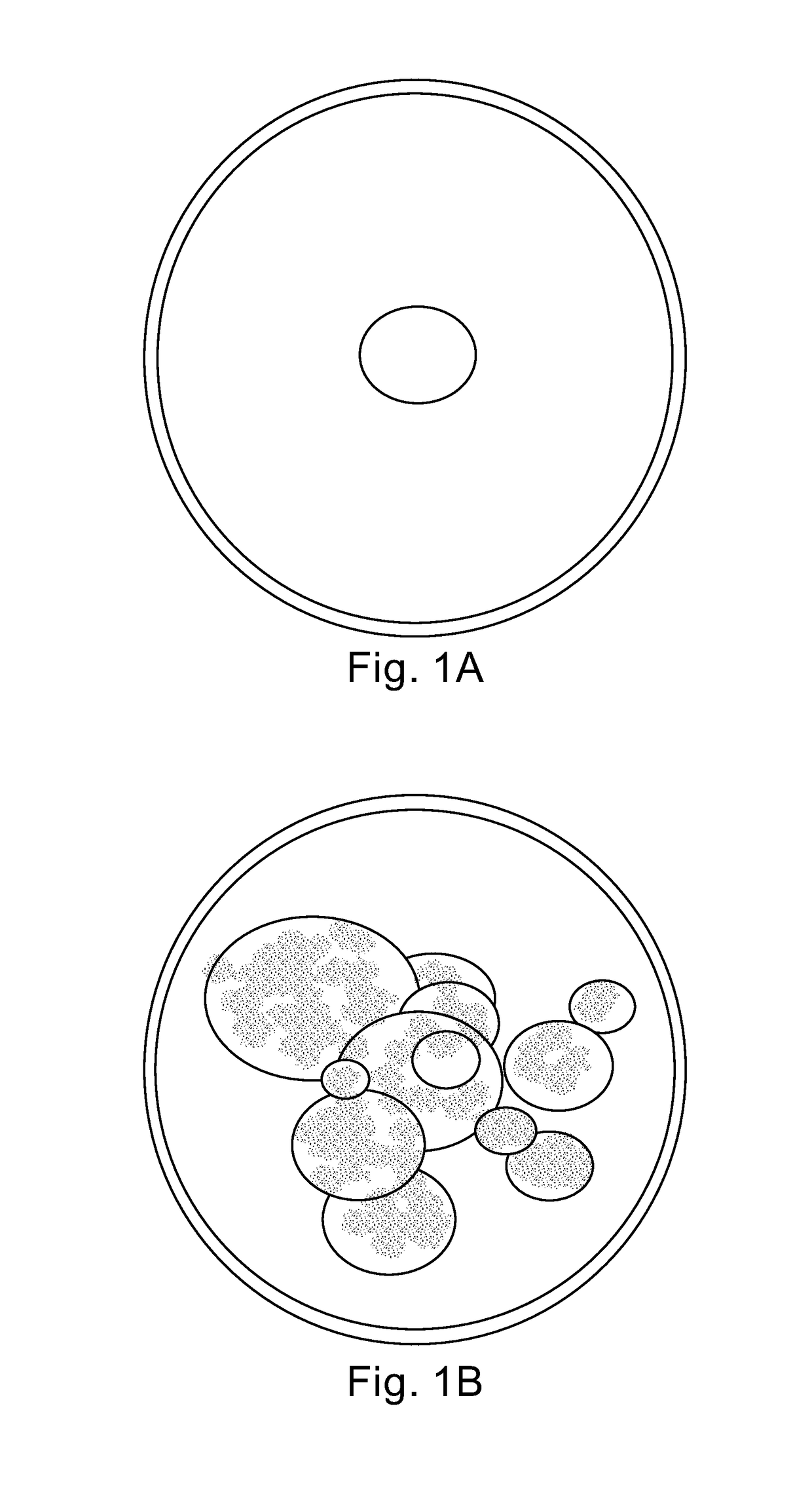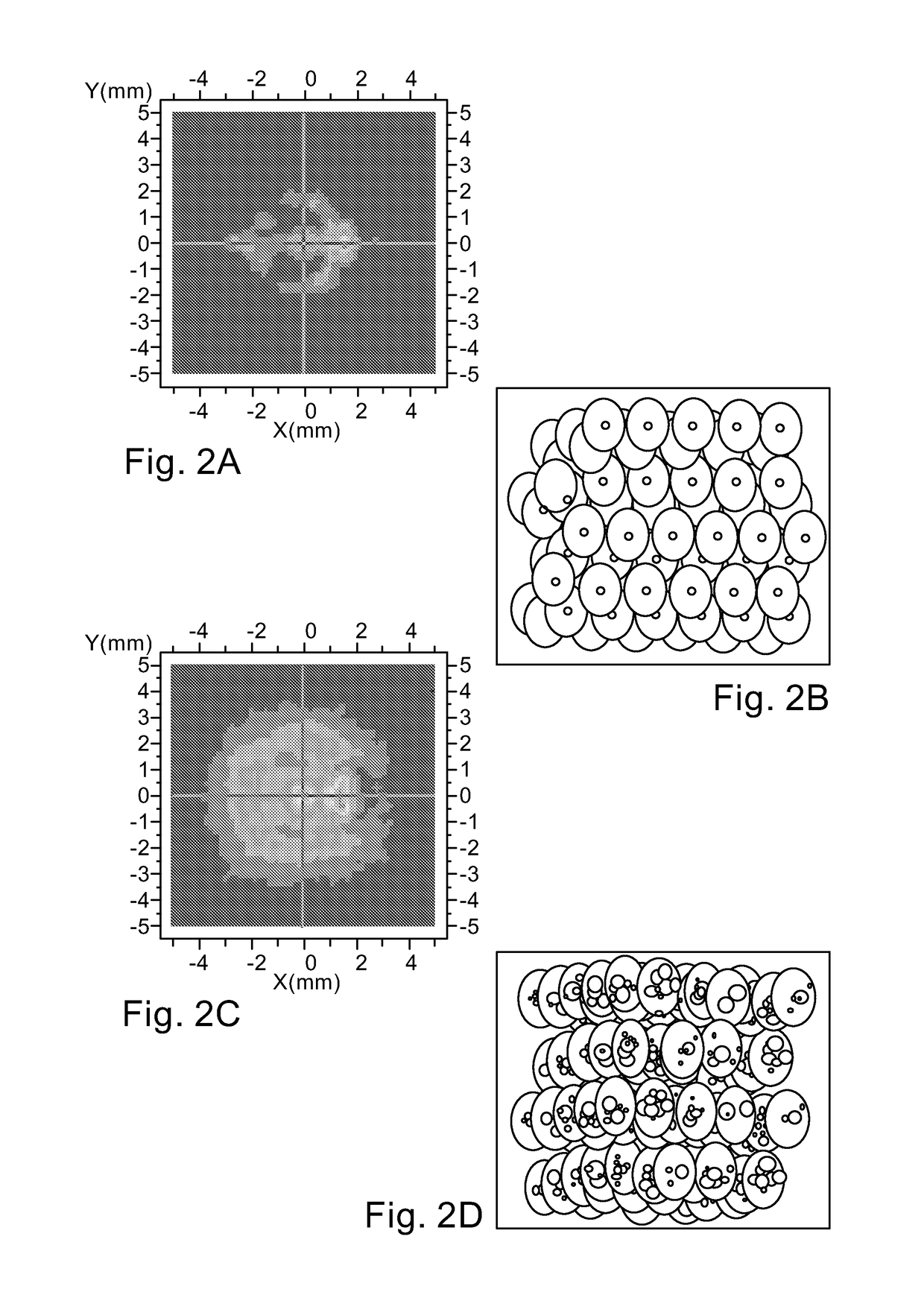Method and apparatus for tissue disease diagnosis
a tissue disease and optical diagnosis technology, applied in the field of tissue abnormality diagnosis, can solve the problems of slow growth of tumors, inability to achieve simultaneous high labor intensity of analyzing pap smears, and achieve the effect of high sensitivity and specificity, high labor intensity and high specificity
- Summary
- Abstract
- Description
- Claims
- Application Information
AI Technical Summary
Benefits of technology
Problems solved by technology
Method used
Image
Examples
Embodiment Construction
[0050]Before explaining at least one embodiment in detail, it is to be understood that the invention is not limited in its application to the details of construction and the arrangement of the components set forth in the following description or illustrated in the drawings. The invention is applicable to other embodiments being practiced or carried out in various ways. Also, it is to be understood that the phraseology and terminology employed herein is for the purpose of description and should not be regarded as limiting.
[0051]A main difference between cervical cancer cells and normal cervical cells is their nuclear structure. Normal cells have a single nucleus, as shown in FIG. 1A, with a narrow range of sizes. The nucleus is generally round, oval or bean shaped. Pre-cancer and cancer cells have multiple nuclei, as shown in FIG. 1B, with a wide range of shapes and sizes. As a result, cancer cells scatter light by larger angles than healthy cells. Another reason for scattering of th...
PUM
 Login to view more
Login to view more Abstract
Description
Claims
Application Information
 Login to view more
Login to view more - R&D Engineer
- R&D Manager
- IP Professional
- Industry Leading Data Capabilities
- Powerful AI technology
- Patent DNA Extraction
Browse by: Latest US Patents, China's latest patents, Technical Efficacy Thesaurus, Application Domain, Technology Topic.
© 2024 PatSnap. All rights reserved.Legal|Privacy policy|Modern Slavery Act Transparency Statement|Sitemap



